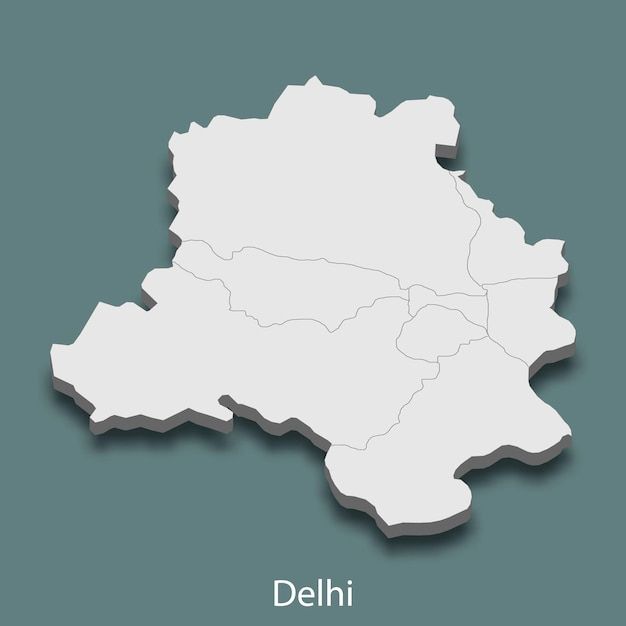Delhi (NCT): A Complete Overview and Its Impact on Society
Introduction
Delhi, the National Capital Territory (NCT) of India, is a vibrant blend of history, culture, and modernity. As the political and cultural hub of the country, Delhi plays a crucial role in shaping India’s governance and economy. This article explores the history, achievements, and impact of Delhi on Indian society.
History and Background
it’s history spans several centuries, with its origins dating back to the Mahabharata era. Some key historical milestones include:
- Ancient Roots: Mentioned in the epic Mahabharata as Indraprastha.
- Sultanate and Mughal Rule: Served as the capital under various dynasties.
- Colonial Period: Became the capital of British India in 1911.
- Post-Independence: Officially recognized as the capital of independent India in 1947.
Political Significance
It holds immense political significance as the seat of the Indian government. Some key contributions include:
- Governance: Headquarters of the central government and various embassies.
- Political Movements: A center for major political and social movements.
- Policy Making: Home to key institutions like the Parliament and Supreme Court.
Daily Life and Its Impact
It’s unique blend of modernity and tradition directly influences the daily lives of its residents. Key aspects include:
- Transport: Extensive metro network and road infrastructure.
- Education: Presence of prestigious universities and schools.
- Healthcare: Access to top-tier hospitals and healthcare facilities.
- Cultural Diversity: People from all over India live and work in Delhi, contributing to its cosmopolitan culture.
Achievements and Contributions
It has made remarkable contributions in various fields, such as:
- Economic Development:
- Hub for trade, commerce, and entrepreneurship.
- Presence of multinational corporations and startups.
- Infrastructure Growth:
- World-class metro system and smart city initiatives.
- Development of commercial and residential sectors.
- Cultural Heritage:
- Historical landmarks like Red Fort, Qutub Minar, and India Gate.
- Hosting of international cultural events and festivals.
Importance in Indian Society
It’s significance extends beyond its geographical boundaries. Some key points include:
- Its role as the gateway to international diplomacy.
- A melting pot of cultures, languages, and traditions.
- A center for policymaking, innovation, and development.
Observance and Popularity
it’s contributions and rich culture are widely recognized:
- Festivals: Grand celebrations of Diwali, Eid, and Holi.
- Tourism: A prime destination for both domestic and international travelers.
- Economic Strength: Rapid growth in the real estate, technology, and service sectors.
Interesting Facts
- The Metro is one of the largest metro networks in the world.
- The city has a UNESCO World Heritage site status for its iconic monuments.
- Connaught Place is one of the most expensive commercial areas globally.
How Delhi Impacts Society
it’s influence on Indian society can be seen in various aspects, such as:
- Providing employment opportunities across diverse sectors.
- Promoting education and innovation through world-class institutions.
- Offering a dynamic blend of tradition and modernity.
FAQs About Delhi
Q1: What is famous for?
A: Delhi is famous for its rich history, political significance, and diverse culture.
Q2: What are the top tourist attractions?
A: Some key attractions include the Red Fort, Lotus Temple, and India Gate.
Q3: How is contributing to India’s economy?
A: Delhi contributes through trade, real estate, and service industries.
Wishing: How to Celebrate Its Achievements
People can acknowledge Delhi’s contributions by:
- Visiting its iconic landmarks and learning about its history.
- Supporting local businesses and artisans.
- Participating in cultural festivals and events.
Conclusion
It stands as a testament to India’s glorious past and promising future. With a strong focus on development, culture, and governance, it continues to shape the nation’s progress in numerous ways.










